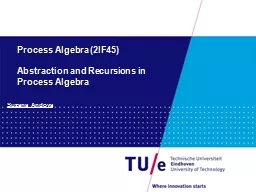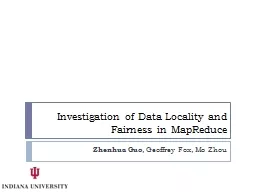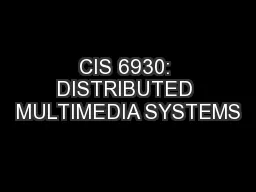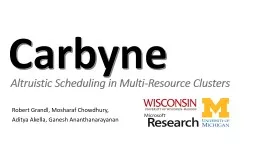PPT-FLIN: Enabling Fairness
Author : tatyana-admore | Published Date : 2019-11-19
FLIN Enabling Fairness and Enhancing Performance in Modern NVMe Solid State Drives August 7 2019 Santa Clara CA Saugata Ghose Carnegie Mellon University Executive
Presentation Embed Code
Download Presentation
Download Presentation The PPT/PDF document "FLIN: Enabling Fairness" is the property of its rightful owner. Permission is granted to download and print the materials on this website for personal, non-commercial use only, and to display it on your personal computer provided you do not modify the materials and that you retain all copyright notices contained in the materials. By downloading content from our website, you accept the terms of this agreement.
FLIN: Enabling Fairness: Transcript
Download Rules Of Document
"FLIN: Enabling Fairness"The content belongs to its owner. You may download and print it for personal use, without modification, and keep all copyright notices. By downloading, you agree to these terms.
Related Documents














